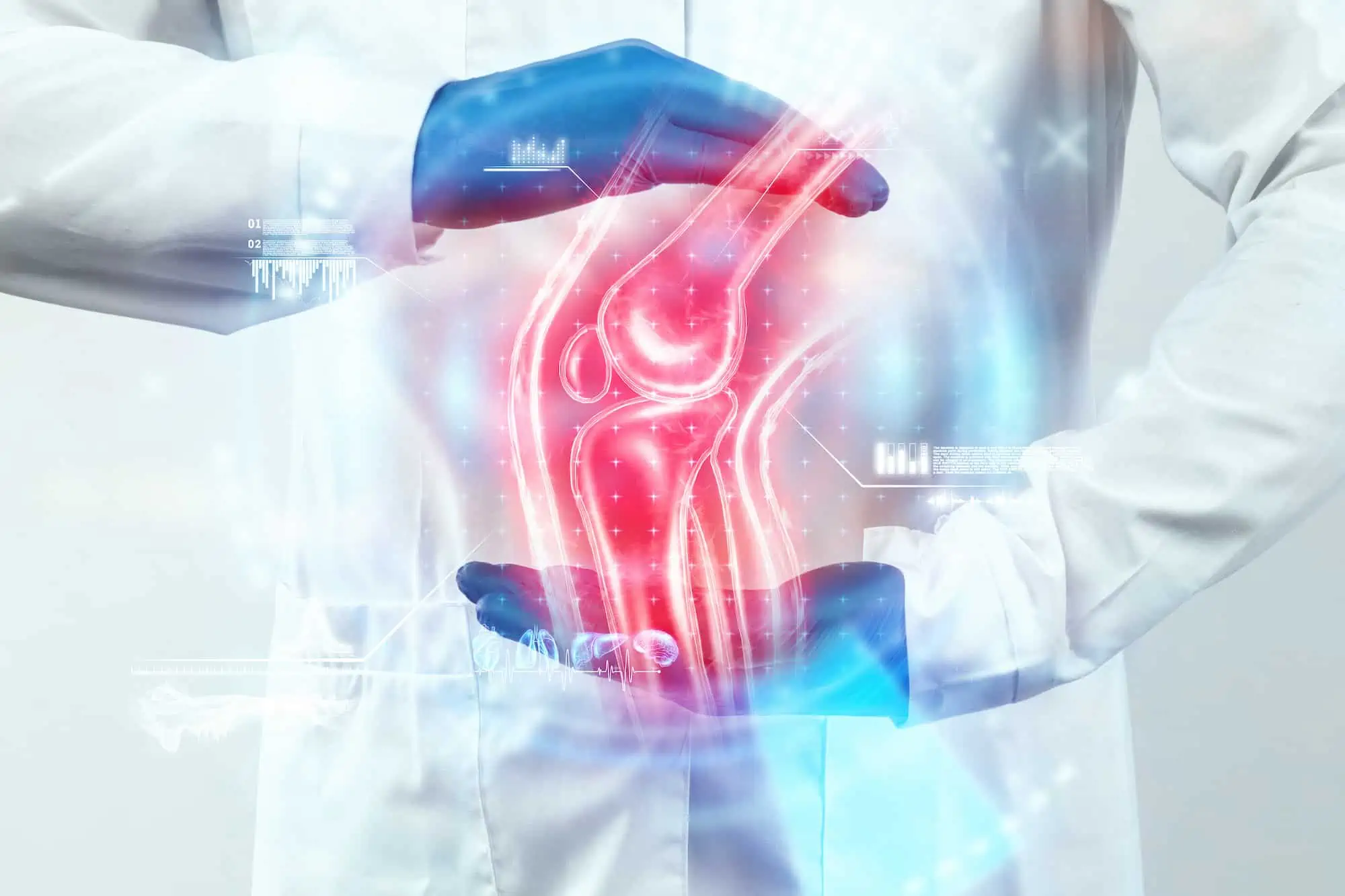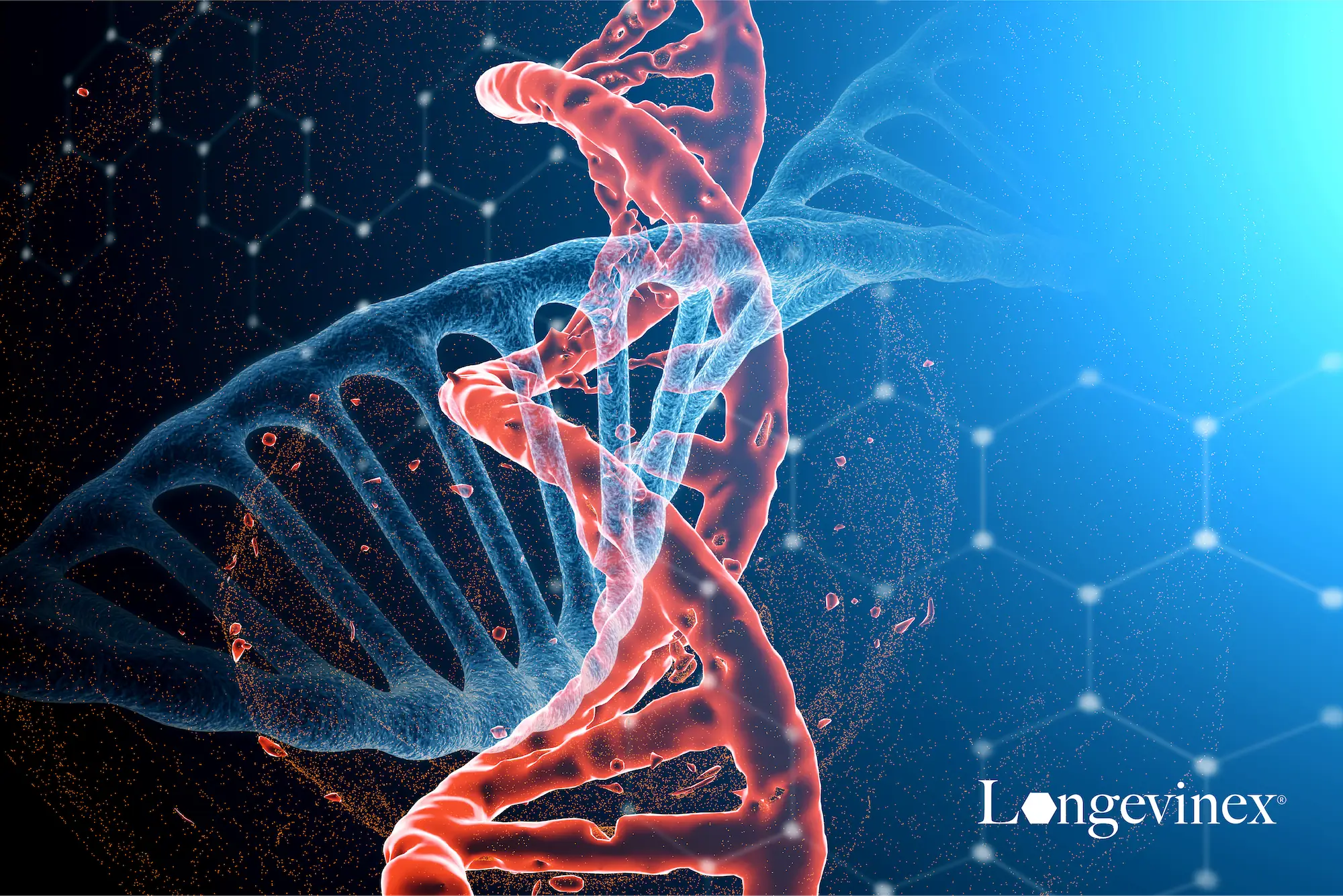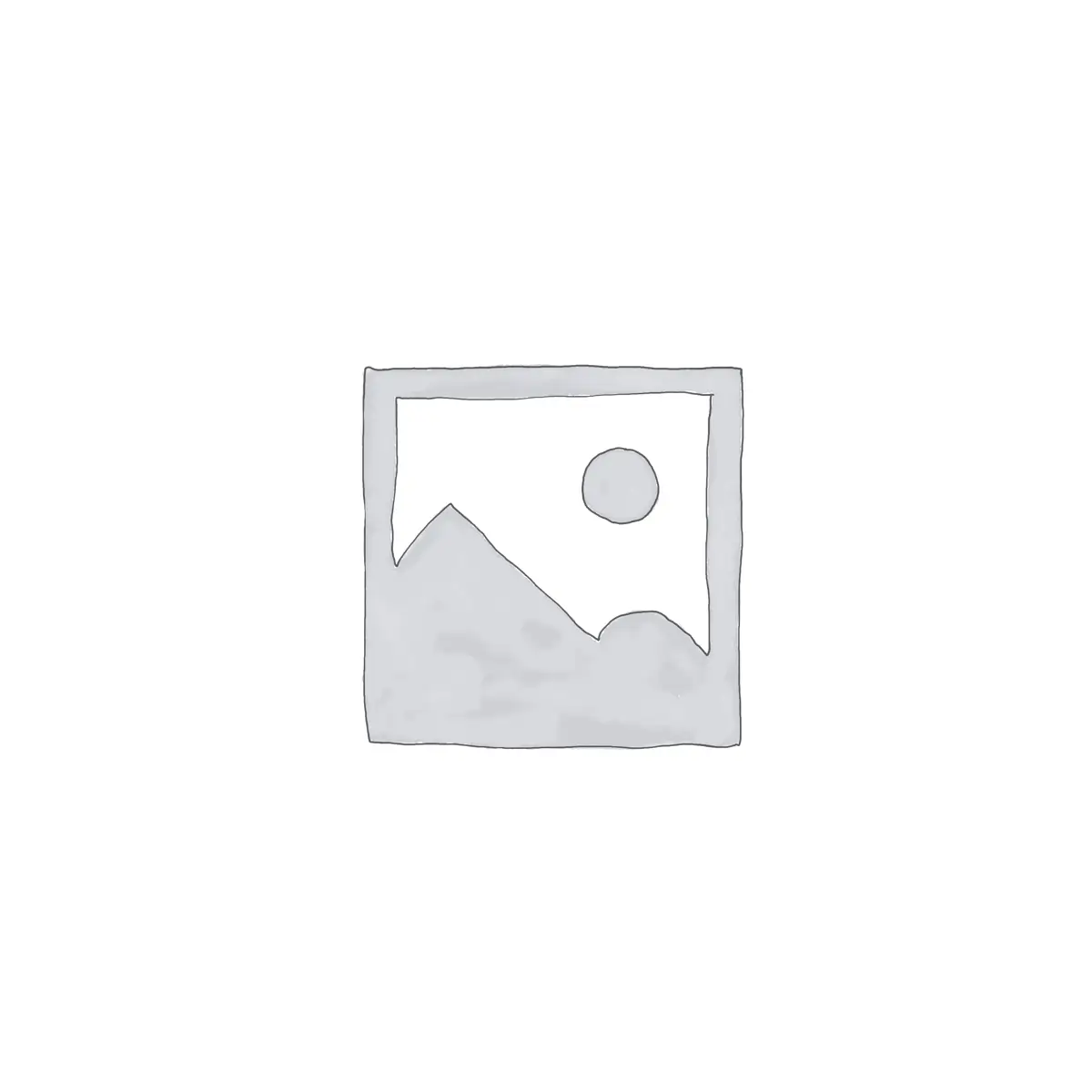by William Clearfield, D.O. for Longevinex
When the temperature dips and winter’s chill sets in, those on the senior side of thirty grapple with an unwelcome “house” guest: joint pain. Not content to be a mere inconvenience with conditions like osteoarthritis and rheumatoid arthritis, the “krizahs,” pronounced cri-shas, as Bubby Clearfield, born circa 1885, of Russian ancestry, called it, climate-induced joint pain, is a significant impediment to activities of daily living and overall quality of life.
In this article, we will review the nuances of how cold weather impacts joint health, exacerbates pain, and how to manage it. Stick around till the end as I reveal my number one go-to solution. (Hint: it is one of our favorite supplements, (double hint; Longevinex) ingredients, known for its potent anti-inflammatory, antioxidant, and improved circulatory properties.)

Understanding Cold-Induced Joint Pain.
The Winter Weather Connection
When sweaters and snow shoes come out of storage, joint pain sufferers, particularly those with arthritis, frequently report a spike in discomfort. These complaints are not emotions; they are science.
Cold weather causes a drop in barometric pressure, leading to tissue expansion and increased joint pressure. (1) Colder temperatures thicken synovial fluid, the natural lubricant in our joints, making them stiff and sensitive to pain. To conserve body temperature, frigid conditions constrict blood vessels, decreasing blood flow to muscles and joints and making joints prone to pain and rigidity. (2-3)
Exacerbation of Osteoarthritis and Rheumatoid Arthritis
Characterized by the wearing down of cartilage, osteoarthritis, and its autoimmune-derived cousin, rheumatoid arthritis, leads to joint inflammation. Arthritic patients are susceptible to cold weather. (4) Low temperatures and the decreases in barometric pressure (mentioned above) accompanying low temperatures lead to tissue expansion of muscles and tendons, resulting in increased pain in confined spaces such as joints. (5) Every 10-degree drop in temperature corresponds with an incremental increase in arthritic pain. (6)
Impact on Daily Life
Increased joint pain during cold weather leads to decreased mobility, increased risk of falls, and a general decline in the quality of life. (7) Manageable activities in warmer weather become challenging, making it essential for individuals to find effective ways to manage symptoms during colder months.
Tips and Tricks for Managing Joint Pain in Cold Weather (8)
- Stay Warm and Protected – Stay Warm. Dressing in layers, wearing thermal wear, and adequately heating your home significantly reduces joint stiffness and discomfort. Hands, feet, and knees require extra attention as these areas are often most susceptible to cold-induced pain.
- Regular, Low-Impact Exercise – Maintain an active lifestyle even in colder months. Regular exercise keeps joints flexible and strengthens muscles around the joints. Low-impact activities like walking, swimming in a heated pool, or yoga are preferred as they enhance blood flow without putting undo strain on your joints.
- Eat Anti-Inflammatory Foods – Diet plays a significant role in managing joint health. Incorporating anti-inflammatory foods, mainly omega-3 fatty acid-rich foods, including fatty fish, nuts, chia seeds, anchovies, cod liver oil, and olive oil, and plenty of fruits and vegetables, reduces joint inflammation. (9) Omega-3 fatty acid-rich foods are particularly beneficial as supplements.
- Stay Hydrated – Dehydration sensitizes the body to pain. Drink 6-8 glasses of water, one of which must contain a pinch of sea salt or Himalayan Pink salt for volume. Herbal teas, including ginger, turmeric, willow bark, rosehip, black and green teas, warm, hydrate, and effectively reduce cold-related inflammation and relieve pain. (10
- Weight Management (11) – Excess weight increases joint stress. The knees, hips, and spine are particularly vulnerable. Maintaining a healthy weight preserves function, thus reducing pain. The key is moderation, emphasizing reduced intake of white flour, white sugar, and dairy products. Balancing a healthy diet with regular exercise is a practical first step in weight management.
- Alternate Heat and Cold Therapy – Applying heat to stiff joints and muscles creates relaxation, resulting in pain relief. Hot packs and warm baths are comforting. Cold therapy, such as cold packs and cryo immersion therapy, reduces joint swelling while numbing painful areas.
- Alternating hot and cold therapies at 3-minute heat intervals followed by one minute of cold treatment is the most effective way to reduce pain and inflammation in affected joints. (12) Avoid applying heat or cold directly to the skin for extended periods.
- Mindfulness and Stress Management – Stress exacerbates joint pain. Meditation, yoga, tai chi, deep breathing exercises, and mindfulness reduce stress levels, help manage pain and improve overall well-being. (13)
Top 10 Remedies for Managing Joint Pain in Cold Weather
Turning to exogenous remedies for managing joint pain in cold weather, our top ten include:
- Trans-Resveratrol: Found in grapes, berries, and peanuts, trans-resveratrol is renowned for its anti-inflammatory effects. (14) We take a deep dive into the effects of trans-resveratrol in the next section.
- Omega-3 Fatty Acids: Commonly found in fish oil, mackerel, and sardines, these fatty acids reduce stiffness and joint pain, particularly in rheumatoid arthritis. (15)
- Glucosamine and Chondroitin: Reduces the inflammatory cytokines Nf-Kappa beta, prostaglandin 2, and the inflammatory marker c-reactive protein. (16)
- Turmeric/Curcumin: Curcumin, the active compound in turmeric, is known for its potent anti-inflammatory and antioxidant properties. (17)
- Vitamin D: Essential for bone health, deficits in Vitamin D increase susceptibility to joint pain. 2000-5000 IU per day, taken at bedtime, should titrate your Vitamin D levels to an optimal 50-80 pg/ml. Warning: Will Robinson #1! Vitamin D is a “Goldilocks” supplement. Too little results in immune, heart, skin, and bone dysfunction. Too much Vitamin D is neurotoxic. (18)
- MSM (Methylsulfonylmethane): Used for its anti-inflammatory and pain-reducing properties, MSM reduces joint pain and osteoarthritis. (19)
- Ginger: Ginger possesses anti-inflammatory properties and is efficacious when taken as a supplement, tea, or our favorite way, eaten fresh for joint pain relief. (20)
- Boswellia Serrata (Frankincense) Boswellia exhibits anti-inflammatory capabilities, particularly in treating osteoarthritis. (21)
- Calcium: Essential for bone health, adequate calcium intake is critical in the battle against osteoporosis. Calcium needs sufficient Vitamin D (at least 400 IU per 600 mg. of calcium) to enter cells to perform its duties. (22)
- Green Tea Extract: Rich in antioxidants and anti-inflammatory compounds, green tea extract reduces inflammation and alleviates joint pain. (23)
A Deep Dive into the Role of Trans-Resveratrol in Joint Health
Surprisingly, trans-resveratrol, a naturally occurring compound in foods like red grapes, berries, and peanuts, is our favorite supplement for those seeking relief from cold-induced joint pain on dreary days. (24)
Cis vs.Trans-Resveratrol:
There are two major forms of resveratrol, ‘cis’ and ‘trans.’ (25) Cis-resveratrol is 5-10% potent and chemically different from its’ more biologically active cousin ‘trans-resveratrol.’ Trans-resveratrol, derived from Polygonum cuspidatum, Japanese knotweed, is 99% pure and approximately 20 times stronger and cheaper to extract than cis-resveratrol.” (26)
Most resveratrol products on the market are cis-resveratrol. Resveratrol Partner’s flagship supplements, Longevinex and Longevinex Advantage are two clear exceptions.
Trans-resveratrol is a remarkable anti-inflammatory and antioxidant agent. (27)
Anti-Inflammatory and Antioxidant Properties:
Trans-resveratrol reduces inflammation, the key factor in joint pain, by inhibiting the production of inflammatory proteins, known as cytokines, involved in the pain and swelling associated with arthritis. (28) (For the more curious, the arthritic pro-inflammatory cytokines involved are Interleukins 1B, 6, 17, 23, and 27. Trans-resveratrol also increases the production of anti-inflammatory cytokines 4 and 10.) (29)
Moreover, trans-resveratrol exhibits antioxidant properties, protecting joint tissues from reactive oxidative stress. (Reactive oxidative stress is a disturbance in the balance between “consuming” cellular resources and its counterpart, antioxidants as defenders. ROS produces free radicals, damaging cells as it marauders through the body, contributing to inflammation, DNA damage, and cellular degeneration.) (30)
Trans-resveratrol significantly attenuates increased reactive oxidative stress and oxidative damage while up-regulating decreased anti-oxidant enzyme activity induced by aging. Trans-resveratrol’s ability to scavenge free radicals protects joint tissues. (31)
Inhibits Cartilage Breakdown:
Trans-resveratrol preserves joint function and reduces pain by inhibiting enzymes responsible for joint cartilage breakdown. Cartilage erosion, a hallmark of osteoarthritis, leads to joint pain and stiffness. (32)
Drives Circulation:
Trans-resveratrol benefits joint health by improving circulation. Adequate blood flow is essential for providing nutrients and oxygen while removing waste products from joint tissues. Poor circulation exacerbates joint pain and impedes healing. (33)
Research and Studies:
For a deeper dive into trans-resveratrol, check out our previous study, 50 Ways Resveratrol Improves Health: Discover The Benefits Of Resveratrol (34), here.
Conclusion
Navigating the winter months with ease and grace and less pain begins with understanding how cold weather affects joint health. Introducing trans-resveratrol into your daily routine harnesses its anti-inflammatory, antioxidant, and circulation-enhancing properties. In combination with a holistic health strategy, trans-resveratrol significantly reduces joint pain challenges.
Commit to an anti-inflammatory diet and regular exercise, and consider adding other beneficial supplements. Adopt simple habits like staying active, keeping warm, and maintaining a healthy lifestyle.
Enacting a proactive and comprehensive approach to overall health and well-being is key to managing joint pain during the winter “hibernation” months. These simple steps help fight joint discomfort while improving the overall quality of life for those living in colder climates.
xxxx
References
- Harrell, R, ‘Why Our Joints Might Hurt More When It’s Cold and What You Can Do.’ Dec. 18, 2023 https://www.novanthealth.org/healthy-headlines/why-our-joints-might-hurt-more-when-its-cold-and-what-you-can-do#:~:text=Decreased%20barometric%20pressure&text=Some%20people%20are%20more%20sensitive,confined%20spaces%20such%20as%20joints.
- https://www.oihnv.com/blog/the-effect-of-cold-weather-on-your-joints#:~:text=Synovial%20fluid%20is%20normally%20the,become%20stiff%20or%20%E2%80%9Ccreaky%E2%80%9D.
- https://ukhsa.blog.gov.uk/2019/01/16/how-your-body-copes-with-cold-weather/
- https://www.arthritis.org/health-wellness/healthy-living/managing-pain/understanding-pain/best-climate-for-arthritis
- https://www.novanthealth.org/healthy-headlines/why-our-joints-might-hurt-more-when-its-cold-and-what-you-can-do#:~:text=Decreased%20barometric%20pressure&text=Some%20people%20are%20more%20sensitive,confined%20spaces%20such%20as%20joints.
- Arthritis Foundation. Weather and Arthritis Pain. Living with Arthritis Blog. Available from: http://blog.arthritis.org/living-with-arthritis/weather-arthritis-pain/
- https://www.summahealth.org/flourish/entries/2023/01/5-ways-to-reduce-joint-pain-and-stiffness-this-winter-season#:~:text=It’s%20true%2C%20cold%20weather%20causes,decreased%20mobility%2C%20stiffness%20and%20pain.
- https://www.novanthealth.org/healthy-headlines/why-our-joints-might-hurt-more-when-its-cold-and-what-you-can-do#:~:text=Decreased%20barometric%20pressure&text=Some%20people%20are%20more%20sensitive,confined%20spaces%20such%20as%20joints.
- Stromsnes K, Correas AG, Lehmann J, Gambini J, Olaso-Gonzalez G. Anti-Inflammatory Properties of Diet: Role in Healthy Aging. Biomedicines. 2021 Jul 30;9(8):922. doi: 10.3390/biomedicines9080922. PMID: 34440125; PMCID: PMC8389628.
- https://www.everydayhealth.com/rheumatoid-arthritis/diet/teas-symptoms-rheumatoid-arthritis/
- Bianchi VE. Weight loss is a critical factor to reduce inflammation. Clin Nutr ESPEN. 2018 Dec;28:21-35. doi: 10.1016/j.clnesp.2018.08.007. Epub 2018 Sep 3. PMID: 30390883.
- Sawada T, Okawara H, Nakashima D, Iwabuchi S, Matsumoto M, Nakamura M, Nagura T. Effects of alternating heat and cold stimulation at different cooling rates using a wearable thermo device on shoulder muscle stiffness: a cross-over study. BMC Musculoskelet Disord. 2022 Jul 14;23(1):669. doi: 10.1186/s12891-022-05623-z. PMID: 35831832; PMCID: PMC9281090.
- Can YS, Iles-Smith H, Chalabianloo N, Ekiz D, Fernández-Álvarez J, Repetto C, Riva G, Ersoy C. How to Relax in Stressful Situations: A Smart Stress Reduction System. Healthcare (Basel). 2020 Apr 16;8(2):100. doi: 10.3390/healthcare8020100. PMID: 32316370; PMCID: PMC7349817.
- Nguyen C, Savouret JF, Widerak M, Corvol MT, Rannou F. Resveratrol, Potential Therapeutic Interest in Joint Disorders: A Critical Narrative Review. Nutrients. 2017 Jan 6;9(1):45. doi: 10.3390/nu9010045. PMID: 28067817; PMCID: PMC5295089.
- https://www.arthritis.org/health-wellness/treatment/complementary-therapies/supplements-and-vitamins/omega-3-fatty-acids-for-health
- Kantor ED, Lampe JW, Navarro SL, Song X, Milne GL, White E. Associations between glucosamine and chondroitin supplement use and biomarkers of systemic inflammation. J Altern Complement Med. 2014 Jun;20(6):479-85. doi: 10.1089/acm.2013.0323. Epub 2014 Apr 16. PMID: 24738579; PMCID: PMC4048982.
- Paultre K, Cade W, Hernandez D, Reynolds J, Greif D, Best TM. Therapeutic effects of turmeric or curcumin extract on pain and function for individuals with knee osteoarthritis: a systematic review. BMJ Open Sport Exerc Med. 2021 Jan 13;7(1):e000935. doi: 10.1136/bmjsem-2020-000935. PMID: 33500785; PMCID: PMC7812094.
- https://www.webmd.com/arthritis/arthritis-guide
- Butawan M, Benjamin RL, Bloomer RJ. Methylsulfonylmethane: Applications and Safety of a Novel Dietary Supplement. Nutrients. 2017 Mar 16;9(3):290. doi: 10.3390/nu9030290. PMID: 28300758; PMCID: PMC5372953.
- Ballester P, Cerdá B, Arcusa R, Marhuenda J, Yamedjeu K, Zafrilla P. Effect of Ginger on Inflammatory Diseases. Molecules. 2022 Oct 25;27(21):7223. doi: 10.3390/molecules27217223. PMID: 36364048; PMCID: PMC9654013.
- Yu G, Xiang W, Zhang T, Zeng L, Yang K, Li J. Effectiveness of Boswellia and Boswellia extract for osteoarthritis patients: a systematic review and meta-analysis. BMC Complement Med Ther. 2020 Jul 17;20(1):225. doi: 10.1186/s12906-020-02985-6. PMID: 32680575; PMCID: PMC7368679.
- Chlebowski RT, Pettinger M, Johnson KC, Wallace R, Womack C, Mossavar-Rahmani Y, Stefanick M, Wactawski-Wende J, Carbone L, Lu B, Eaton C, Walitt B, Kooperberg CL. Calcium plus vitamin D supplementation and joint symptoms in postmenopausal women in the women’s health initiative randomized trial. J Acad Nutr Diet. 2013 Oct;113(10):1302-10. doi: 10.1016/j.jand.2013.06.007. Epub 2013 Aug 15. PMID: 23954097; PMCID: PMC4108192.
- Ohishi T, Goto S, Monira P, Isemura M, Nakamura Y. Anti-inflammatory Action of Green Tea. Antiinflamm Antiallergy Agents Med Chem. 2016;15(2):74-90. doi: 10.2174/1871523015666160915154443. PMID: 27634207.
- Salehi B, Mishra AP, Nigam M, Sener B, Kilic M, Sharifi-Rad M, Fokou PVT, Martins N, Sharifi-Rad J. Resveratrol: A Double-Edged Sword in Health Benefits. Biomedicines. 2018 Sep 9;6(3):91. doi: 10.3390/biomedicines6030091. PMID: 30205595; PMCID: PMC6164842.
- Feng Wang and Subhojyoti Chatterjee, Dominant Carbons in trans– and cis-Resveratrol Isomerization. The Journal of Physical Chemistry B 2017 121 (18), 4745-4755 DOI: 10.1021/acs.jpcb.7b02115
- Soleas, George & Diamandis, Eleftherios & Goldberg, David. (2001). The World of Resveratrol. 10.1007/978-1-4615-1283-7_13.
- Meng T, Xiao D, Muhammed A, Deng J, Chen L, He J. Anti-Inflammatory Action and Mechanisms of Resveratrol. Molecules. 2021 Jan 5;26(1):229. doi: 10.3390/molecules26010229. PMID: 33466247; PMCID: PMC7796143.
- Sheng S, Wang X, Liu X, Hu X, Shao Y, Wang G, Mao D, Li C, Chen B, Chen X. The role of resveratrol on rheumatoid arthritis: From bench to bedside. Front Pharmacol. 2022 Aug 22;13:829677. doi: 10.3389/fphar.2022.829677. PMID: 36105210; PMCID: PMC9465647.
- Venkatesha, S.H.; Dudics, S.; Acharya, B.; Moudgil, K.D. Cytokine-Modulating Strategies and Newer Cytokine Targets for Arthritis Therapy. Int. J. Mol. Sci. 2015, 16, 887-906. https://doi.org/10.3390/ijms16010887
- Betteridge DJ. What is oxidative stress? Metabolism. 2000;49(2 Suppl 1):3-8. doi:10.1016/s0026-0495(00)80077-3
- Liu T, Qi H, Ma L, et al. Resveratrol Attenuates Oxidative Stress and Extends Life Span in the Annual Fish Nothobranchiu
- Yang S, Sun M, Zhang X. Protective Effect of Resveratrol on Knee Osteoarthritis and its Molecular Mechanisms: A Recent Review in Preclinical and Clinical Trials. Front Pharmacol. 2022 Jul 25;13:921003. doi: 10.3389/fphar.2022.921003. PMID: 35959426; PMCID: PMC9357872.
- Nguyen C, Savouret JF, Widerak M, Corvol MT, Rannou F. Resveratrol, Potential Therapeutic Interest in Joint Disorders: A Critical Narrative Review. Nutrients. 2017 Jan 6;9(1):45. doi: 10.3390/nu9010045. PMID: 28067817; PMCID: PMC5295089.
- https://longevinex.com/50-ways-resveratrol-improves-health-discover-the-benefits-of-resveratrol/scover The Benefits Of Resveratrol
Share
Introduction In a world where health is increasingly prioritized, the interplay of different body systems is more evident than ever. The link between heart health and brain function is crucial yet often overlooked. (1) For […]
Introduction Step into the innovative world of Longevinex® – your ultimate destination for wellness and anti-aging solutions. Join us as we explore a wealth of self-help knowledge and high-powered products that surpass ordinary supplements. (1) […]
Although reduced by 56% over the past forty years, cardiovascular disease, affecting 17 million patients worldwide per year, remains the leading cause of death worldwide. (1) Advances in lifestyle, including nutrition exercise programs, diagnostic regimens, […]







